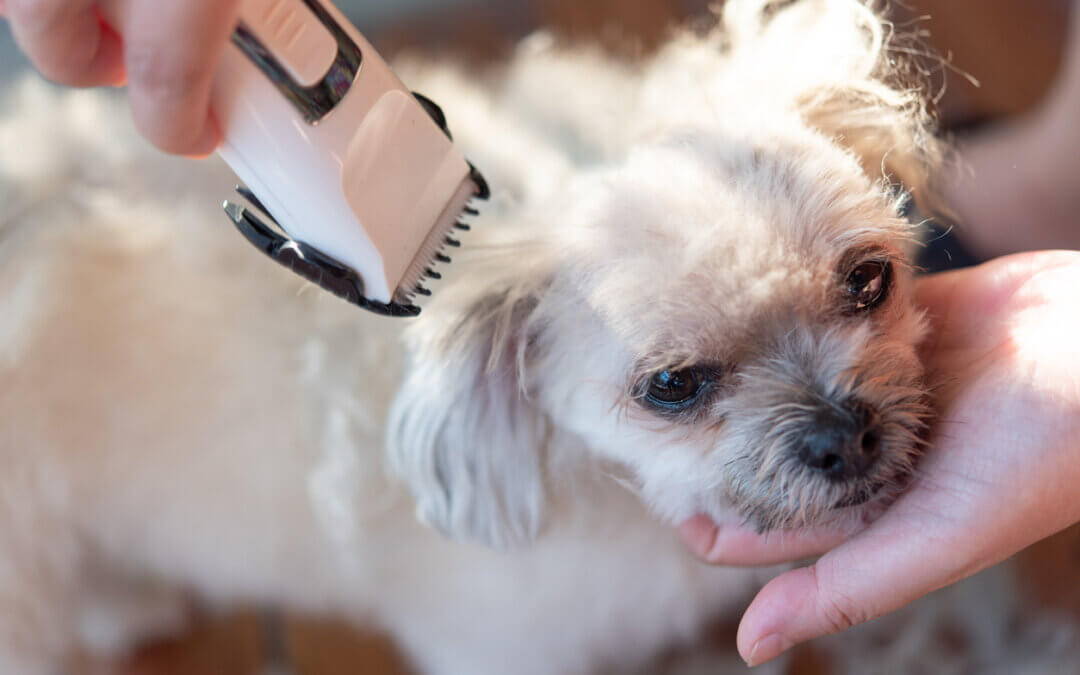Some dog shedding is seasonal which is normal. Dogs commonly shed the most during spring and fall in preparation for summer and winter. In the spring your dog’s fur will become lightweight and in the fall your dog’s fur will become heavier. This just means they’ll shed more than usual at a particular time of the year. For instance, some pets shed more during the spring or summer to get rid of thicker winter coats. Then when winter comes back, they’ll thicken right back up for the season. Some dog breeds are more to shed than others, especially dog-coated breeds. What may seem like excessive shedding can be completely normal for some pets. Examples include:
- Dogs that shed heavily, year-round, and by season:
Heavy shedding breeds include: Beagles, Border collies, German Shepherds, Labrador Retrievers
From this list, you can see long-haired breeds are not automatically the largest shedders!
- Dogs that shed year-round: Akitas, Bernese Mountain Dogs, Boston terriers, Chow Chows, Corgis, German shepherds, Labrador Retrievers, Newfoundlands, Pekingese, and Siberian Huskies
These dogs shed fur all year long and do not get of rid excess fur seasonally. Shedding is slightly more noticeable than seasonal shedders because you won’t get huge clumps of fur around the house. These dogs are in a continuous stage of hair growth and loss.
Dogs that by season: Alaskan Malamutes, Collies, and Samoyeds
Common Reasons:
- To control body temperature
- To protect skin from elements
- Dog breed
Uncommon Reasons:
- Health conditions: Skin disorders and cancer
- Skin irritations
- Allergies and hormones
- Stress and anxiety
If you are not sure if your dog is shedding for common or uncommon reasons, speak to your vet.
What Can You Do About Shedding?
To keep dog shedding at a minimum having access to the right tools will be key to help in your quest to reduce shedding.
Use the right brush:
Brushing your pet will help remove excess hair while distributing their natural oils to keep your pet’s fur shiny. The type of brush you use depends on the size and breed of your pet. Shorter hair dogs like pugs and beagles need a different brush than dogs with longer coats, like Pomeranians or Collies. Short hair dogs usually need a soft bristles brush and long-haired dogs need a slicker brush that can reach further down the coat.
If your pet’s shedding is very bad, you’ll need a coat rake or a shedding tool. There are some things to be aware of:
- Be careful when brushing your pet as too much pressure can damage your pet’s skin
- If you are not combing thoroughly your pet can end up with even more tangles in the bathing process
- Improperly drying your pet can leave hot spots or rashes
If you aren’t completely sure what to use give your groomer or vet a call. We have seen some instances of pet owner’s completing a home treatment and it has led to some disastrous effects, such as rashes. If you do have a very furry pet, please see a professional groomer.
If you run into any matting and tangling in your pet’s fur, be careful as you could hurt your pet while combing. Matting requires a specializing comb, such as a matt splitter or a steel comb.
Bathing:
Bathing can help keep your pet’s fur healthy and shiny. However, remember to stay on a schedule that makes sense for your pet. For instance, we do not recommend frequently bathing long-haired dogs. However, it is imperative to ensure you are doing this correctly, or your pet could unfairly suffer the consequence of more tangles plus hot spots or rashes. Bathing has the benefit of removing loose fur that will end up on your furniture or flooring. Remember that bathing must be done right.
Diet and supplements:
Additionally, a change in diet can help alleviate shedding issues. When your pet is not getting all the nutrients they need in their food, their overall coat and health are affected. When your pet is fed quality food, their diet can impact the amount of shedding. You can speak to your vet about changing your pet’s diet and adding supplements with a fatty acid.
Protect your furniture:
Use the right furniture brush to roll or rake hair off of furniture. If you feel very strongly about not letting fur, get into furniture for whatever reasons, like allergies or you have an antique couch, consider furniture coverings. Be sure to vacuum often.
How to Reduce Shedding?
You can’t stop a healthy dog from shedding, you can ask a veterinarian or groomer for recommendations. They will consider your pet’s breed and fur type to reduce the amount of shedding in your home.
The FURminator SHED-LESS Treatment works for all dog breeds and fur types. We have specific tools and formulated solutions to get rid of loose and excessive fur that causes dander and allergens, and keeps your pet’s beautiful fur shining its best. After the first treatment, you will notice a huge difference when you comb your pet. This treatment lasts for 4-6 weeks. By the end of the 4th to 6th week when you go to comb or brush your pet you’ll notice less fall-out. With consistent visits, you’ll see less furlings on your furniture and floor.
Call or email us to book a FURminator SHED-LESS Treatment.


Recent Comments